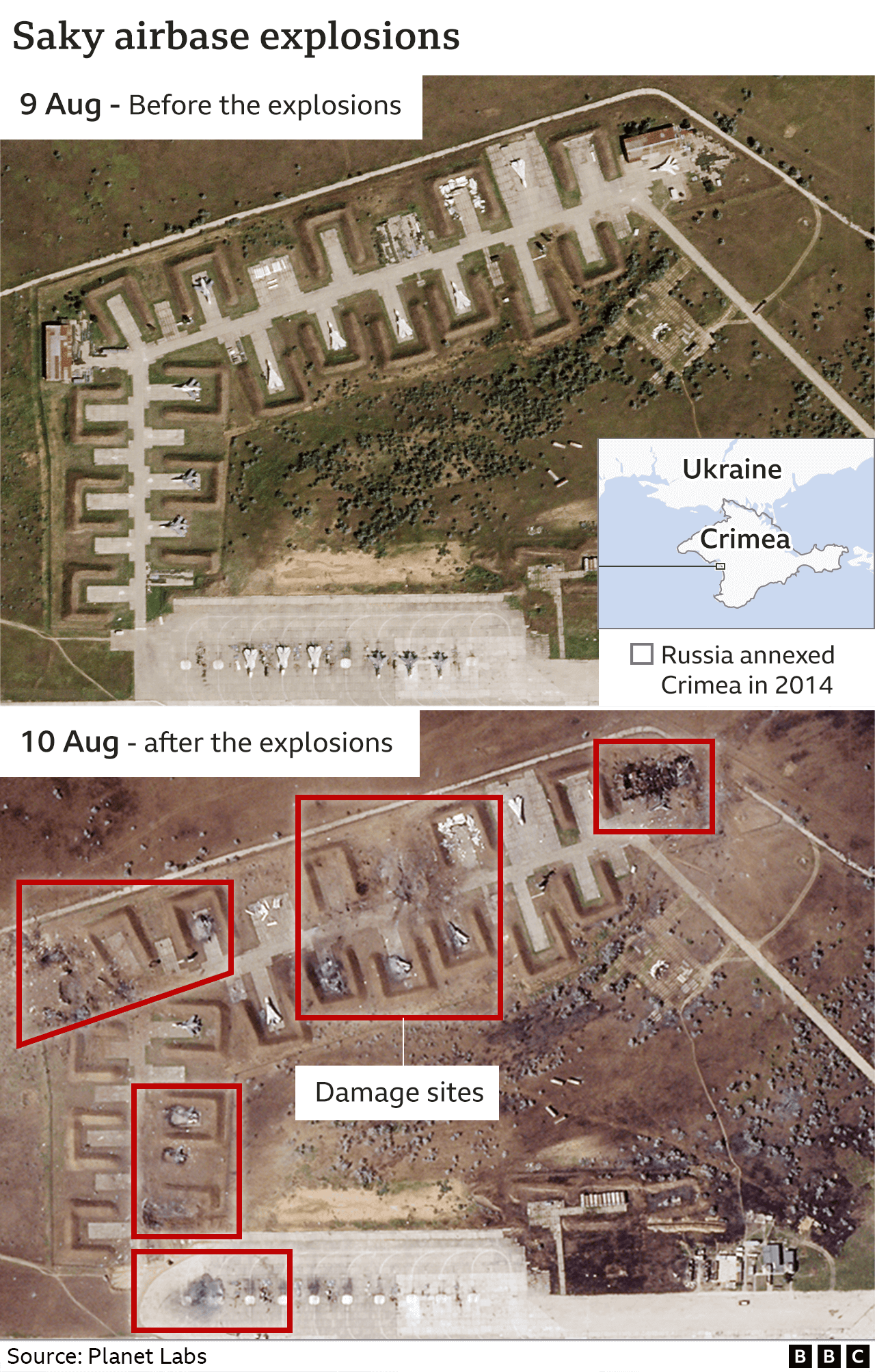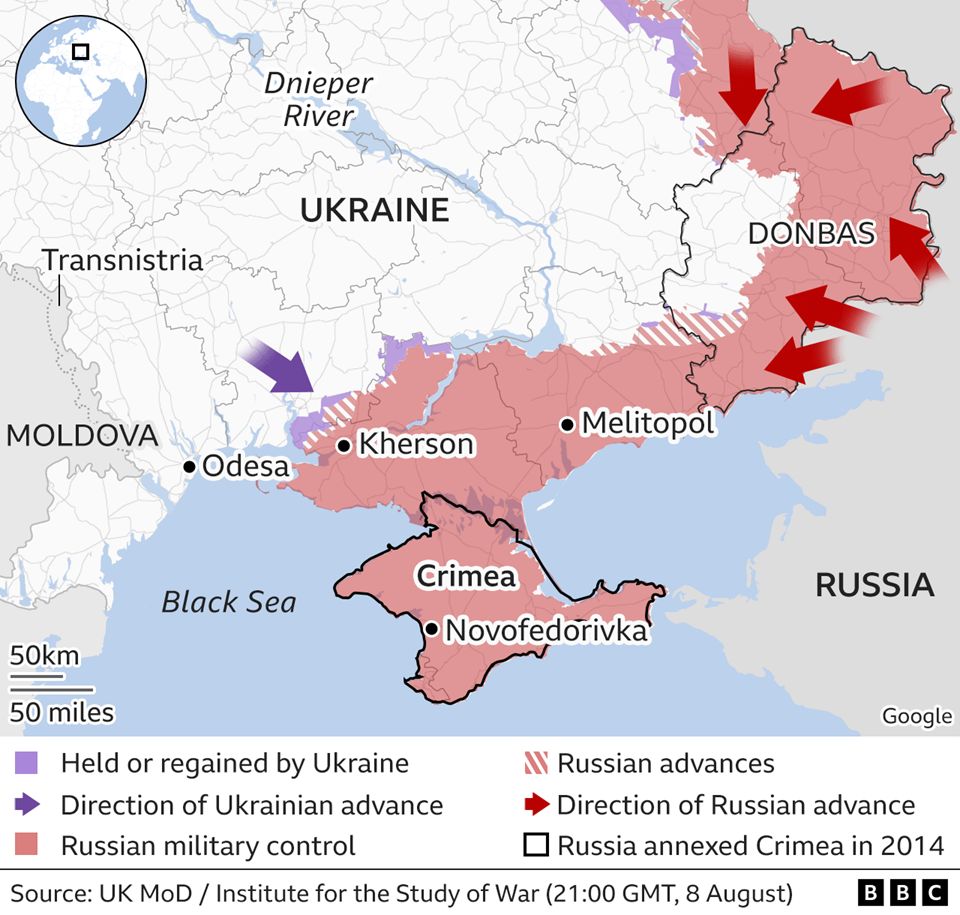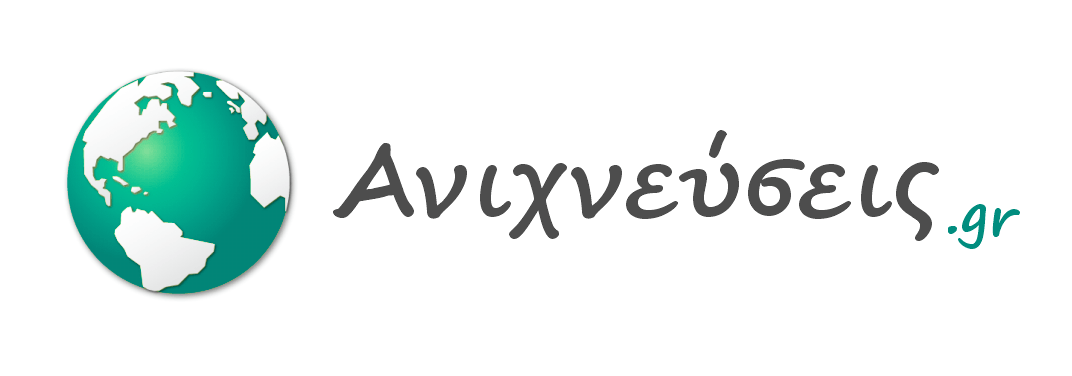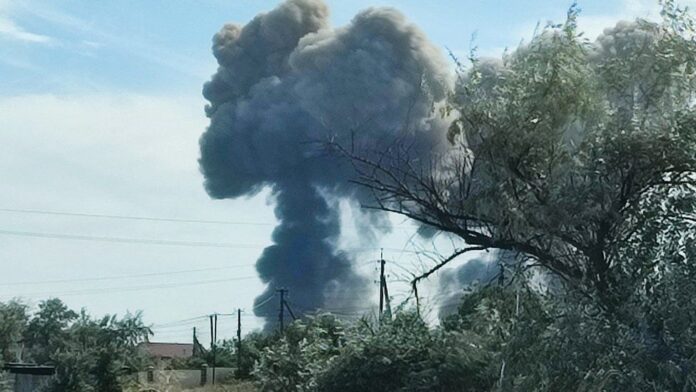Satellite images appear to show major damage and a number of destroyed Russian warplanes at a Crimea airbase following explosions there this week.
The Saky base in the west of Russian-ruled Crimea was rocked by a string of blasts on Tuesday, killing one person.
The base’s runways appear intact, but at least eight aircraft seem damaged or destroyed with several craters visible.
Ukraine has not claimed responsibility – but this new evidence suggests the possibility of a targeted attack.
It also dispels Russia’s denial that any of its aircraft were damaged.
The images, from the US-based Planet Labs, show large areas of scorched earth left from fires that erupted.
Most of the damaged or destroyed aircraft are in a specific area of the base where a large number of planes were parked out in the open – away from the cover of hangars.
Before and after satellite images:

Two types of fighter jets, including Su-24Ms, have been damaged by explosions, along with two buildings nearby.
How the base was damaged, or by what, is still unconfirmed.
William Alberque, from defence think tank IISS, has told the BBC that two buildings may have been used to temporarily store weapons, and would have been targeted for maximum impact on the fighter jets parked nearby.
The base’s runway, and permanent weapons storage sites located further away from the planes, seem untouched.
Mr Alberque says it is likely that cluster munitions were used, but Ukraine doesn’t have the kind of missiles needed to carry out this kind of attack.
But Louise Jones, head of intelligence at McKenzie Intelligence, says the satellite images aren’t conclusive enough.
If makeshift missiles were used, Ms Jones says there’s no evidence they missed any potential targets.
“To be that accurate at that range with possibly an experimental munition is unlikely,” she suggests.
Another scenario would be a sabotage operation by Ukrainian special forces or paramilitary groups. Ms Jones says this isn’t impossible, but again highly unlikely.
A third option, she adds, is that the explosions were an accident – caused by a fuel leak, or ammunition exploding in one of the two storage sheds.
The before and after images from Planet Labs, which monitors hundreds of satellite feeds over Ukraine, are the first independent confirmation that the base may have been damaged. Until now, details about the extent of the explosions’ impact have been scarce.
Ukraine has not claimed responsibility and its defence minister suggested that careless Russian soldiers could be to blame.
“I think that Russian military guys in this airbase ruined their very simply known rule: don’t smoke in dangerous places,” said Oleksiy Reznikov. “That’s it.”
Ukraine’s air force said about a dozen Russian warplanes were destroyed, though.
The UK’s Defence Secretary, Ben Wallace, suggested that the fact there were two separate explosions points to an attack rather than an accident. He also defended Ukraine’s right to target Crimea.
“It’s absolutely legitimate for Ukraine to take lethal force, if necessary… in order to regain not only its territory, but also to push back its invader,” he told the BBC.
Any attack by Ukraine inside Crimea would be seen as an escalation of the war. Russia sounded a warning last month when ex-President Dmitry Medvedev threatened that “Judgement Day will instantly await” if Ukraine targeted Crimea.
Crimea is internationally recognised as part of Ukraine – but the Black Sea peninsula was annexed by Russia in 2014. Many Ukrainians see this as the start of their war with Russia.

Following Tuesday’s blasts, President Volodymyr Zelensky dedicated his nightly address to Crimea and suggested that he believed Ukraine must retake the peninsula before the war can end.
Russia annexed Crimea in March 2014, after the territory – which has a Russian-speaking majority – voted to join Russia in a referendum that the global community deems illegal.
The vote was hastily organised after unmarked Russian troops took control of several strategic sites around the peninsula.
Russia’s annexation came after Ukraine’s Russian-backed president was ousted following months of pro-European protests.
On 24 February this year – eight years after the Crimea annexation – Moscow launched a full-scale invasion of Ukraine, using Crimea as a springboard to move Russian troops deeper inside Ukraine.
By Joshua Cheetham, Francesca Gillett & Erwan Rivault
BBC News
https://www.bbc.com/news/world-europe-




